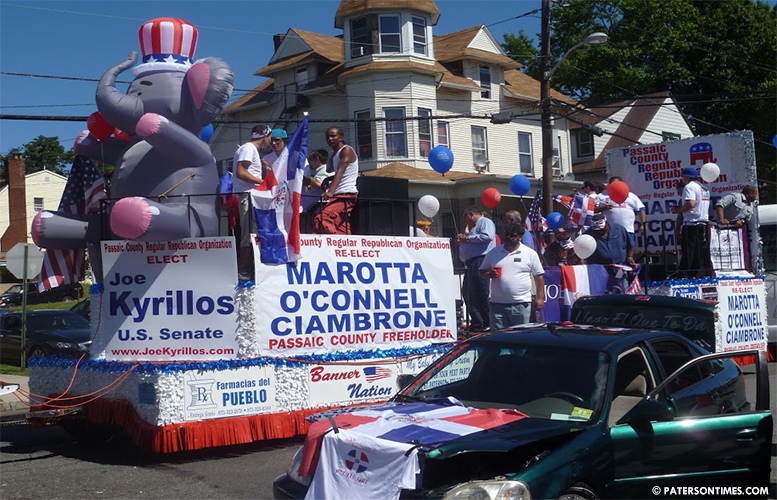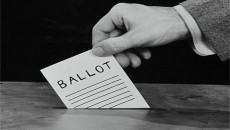City officials are considering a plan to shift police and public works costs associated with parades to their organizers.
The proposal under consideration will not saddle parade organizers with 100-percent of the cost associated with the parade, but wants to force them to pay up at least 40-percent. However, there is a condition: the parade organizers, in order to obtain the 60-percent subsidy, will have to show “documented financial need.”
Kenneth Morris, councilman at-large, said the city has to determine what sorts of documents to accept from organizers. He suggested contracts organizers have with floats, vendors, and three-month of the organization’s bank records.
For the Peruvian Day Parade the entire cost stands $97,000, said Mario Lopez, coordinator for the parade. He said city officials want the group to pay $37,000. He said last year, the parade attended by well over 30,000 people, cost $5,000 for the group.
He said with 20 times the cost of last year the city is attempting to impose, his group may opt to cancel the parade altogether.
William McKoy, 3rd Ward councilman, said the 60-percent subsidy represents an “unbounded cost” to the city. He suggested a fixed minimum contribution from the city. “The city will give you $10,000 or $15,000,” he said.
City officials said they want the new fee system in place before the start of the next fiscal year. A while back the state mandated the city to charge the fees, said Kenneth Morris, councilman at-large. He said the administration came up with a slightly different approach to subsidize a large portion of the cost.
He said the state wanted the organizer to shoulder the entire cost of the parade that is incurred by the city. Council members raised questions about how police and public works costs for parades would be calculated.
Two ideas for fee calculation came up: based on blocks and intersections the parade passes through and based on crowd size.
There’s no matrix to tie the amount of security needed for the parade. Morris said the police use an intersection based system that results in certain charges.
Maritza Davila, councilwoman at-large, said some parades cannot be calculated using blocks and intersections. “Every parade is not the same and it can’t be treated the same. I’m talking about fee wise,” she said. She said some parades are just small festivals in an enclosed space which renders charge by blocks and intersections useless. The Peruvian parade is confined in a space, she said.
Alex Mendez, councilman at-large, said he is concerned about public safety costs. He suggested the organizers use constables, private security, and even possibly officers from the sheriff’s office to keep peace.
Business administrator Nellie Pou said those can be used in conjunction with city police, but they cannot supplant the function of the city’s police department.
“It’s hard to measure based on population,” said Mendez. He suggested setting fees by block based on the number of police officers needed per block. City officials said turn outs could be estimated based population turn out from the previous year.
Mohammed Akhtaruzzaman, 2nd Ward councilman, said organizers have to estimate crowd size when they obtain insurance anyway, so concurred with using population to set fees.
McKoy said he did not want police calculating the crowds because they will invariably increase the number and say it requires more police officers than it would in reality. “It’s almost a conflict of interest,” said he said.
“We wanted to ensure public safety didn’t just use this as an opportunity for employment opportunity,” added Morris.
Morris said the police director Jerry Speziale, who was at the council’s finance committee meeting on Tuesday evening, before the discussion took place, will produce a cost calculating matrix.
“I don’t think we can move forward with this ordinance without a director’s plan being included,” said Mendez. “We don’t know how many police officers per block we’ll need so that’s the part I’m concerned about.”
In 2013, the Dominican-American parade cost the city more than $100,000 in police cost, according to a Paterson Times article from that year.
“I think it needs a lot of work,” said McKoy of the ordinance. “This looks a little bit too complicated to me.”
Council members said they may hold a special meeting to further discuss the ordinance with parade organizers before imposing the fee.
“It’s not only about public safety, not only about money, but it’s about our culture, it’s about the expression of our people,” said Lopez.
The city every year witnesses a large number of parades put on by its kaleidoscopic ethnic groups that call the roughly 8.4 square miles home.



